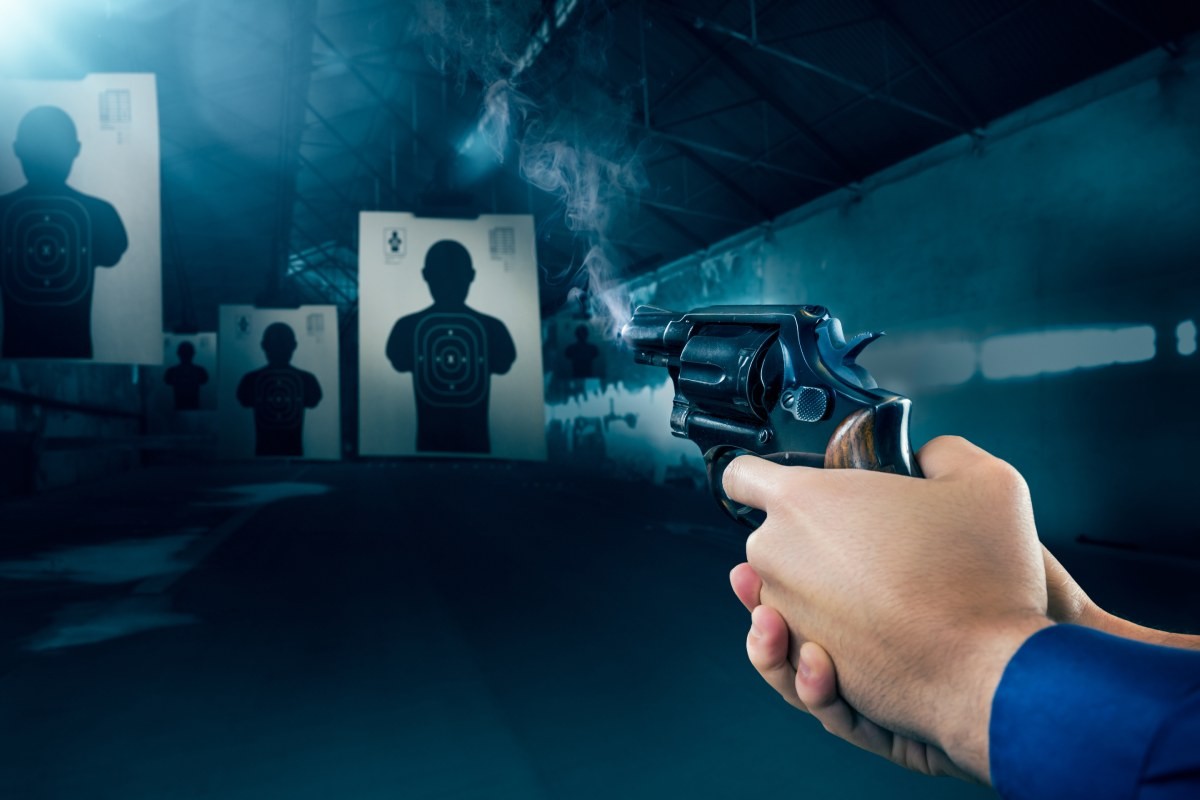Avid shooters know that lead exposure is an almost inevitable part of gun ownership, however, ensuring patron safety and limiting exposure to lead is an essential aspect of owning or running a gun range.
For those unfamiliar, lead exposure can occur when shooting a gun because many bullets are made of lead, and some ammunition primer contains lead styphnate. Because of this, when a gun is shot, the smoke that is often created contains some lead dust that can be inhaled, or ingested when it lands on hands or food in the area.
Of course, there is more to it than that, scientifically speaking, but you get the general idea. What OSHA considers a “safe” lead level in the air was reduced in part because of a study that was done on a gun range.
The study found that Department of Defense employees who were on the gun range often suffered from symptoms related to lead exposure. The study prompted OSHA to change their standards for appropriate airborne lead levels and therefore created changes in the way gun ranges prevent exposure for employees and patrons.
How to Reduce Your Risk
Many advocates believe that simple changes to the ventilation system in gun ranges could help to alleviate the problem of lead exposure because it can reduce the amount of lead dust hanging in the air and the amount of dust that will fall on clothing or your body.
Ventilating a range is great, but if you are not in control of these systems, there are still ways to reduce your risk of exposure. The State of Colorado issued a report on some preventative measures shooters can take. These measures include using jacketed ammunition and never eating, drinking or smoking at a range.
In addition to the fundamental measures named above, you should change your clothes as soon as possible after shooting, preferably before getting home to avoid exposing your home or family to the lead dust on your clothing. You should also use gloves when cleaning your weapon to avoid exposure to lead during that process.
What Can Ranges Do?
In the same report mentioned above, the State of Colorado recommended that range employees never sweep or shovel debris from a firing range dry, and to either use a wet mop or an air-filtered vacuum system instead to reduce exposure to employees and guests.
OSHA standards for firing ranges are only in place to protect employees of the range, but doing so will keep patrons safe as well. Some of the standards laid out by OSHA to reduce lead exposure at ranges are as follows:
- Proper ventilation
- HEPA filter required for closed-loop ventilation system
- Direct exhaust systems must push range air away from outdoor human activity if not filtered
- Hygiene Practices
- Washing hands and face prior to eating, drinking, smoking, or applying cosmetics
- Shower facilities provided for employees at shift end
- Employees should not leave in clothing possibly contaminated by lead exposure
- Protective clothing is to be provided for all employees and laundered in a safe facility where the lead that is removed during cleaning can be properly disposed of.
- Respirators should be provided to employees working on equipment or cleaning areas where lead dust may be found.
OSHA holds ranges to high standards of lead safety. They must monitor lead levels in the air to prevent excessive exposure to patrons as well as employees. If lead levels are too high, ranges have to shut down and figure out how to reduce levels before allowing patrons back in.


